How Blockchain Voting Pilots in Peru Are Setting a New Standard for Election Security

For years, blockchain voting has been a theoretical promise in digital democracy circles. Now, Peru is making that promise a reality. In a bold move for election transparency and security, the country’s National Office of Electoral Processes (ONPE) is piloting blockchain-based voting for its 2026 general elections. This isn’t just a tech upgrade – it’s a seismic shift in how a nation of 34 million approaches the most fundamental act of democracy: casting a vote.

Why Peru’s Blockchain Voting Pilot Matters
Peru’s pilot is not a blanket rollout, but a targeted, carefully designed experiment. Under Law No. 32270, digital voting will be available to specific groups: Peruvians living abroad, voters in Lima’s Cercado district, on-duty military and police, health workers, firefighters, and registered individuals with disabilities. This gradual, voluntary adoption gives ONPE the chance to stress-test blockchain’s potential without putting the entire election at risk.
What sets this initiative apart is its use of blockchain as an impartial digital observer. Every vote cast is recorded on a decentralized ledger that is both immutable and transparent. Any citizen or auditor can verify the integrity of the process in real-time – all without compromising voter anonymity. This directly addresses the two main criticisms of traditional electronic voting systems: their vulnerability to tampering and their lack of transparency.
Syscoin: The Backbone of Constitutional Security
The choice of blockchain protocol is no coincidence. According to official sources, Peru’s electoral authority selected Syscoin for its “Bitcoin-grade security” and proven resilience against network attacks. This is a deliberate move to ensure that electoral integrity meets the highest possible standards. As highlighted by industry observers, the blockchain system functions as both a record keeper and a public auditor.
By leveraging Syscoin’s architecture, ONPE can guarantee that once a vote is cast, it cannot be altered or deleted – a fundamental requirement for credible elections. The result: crypto election verification becomes accessible not just to IT experts but to ordinary citizens, increasing trust in outcomes.
Key Benefits of Blockchain Voting for Transparency in Peru
-
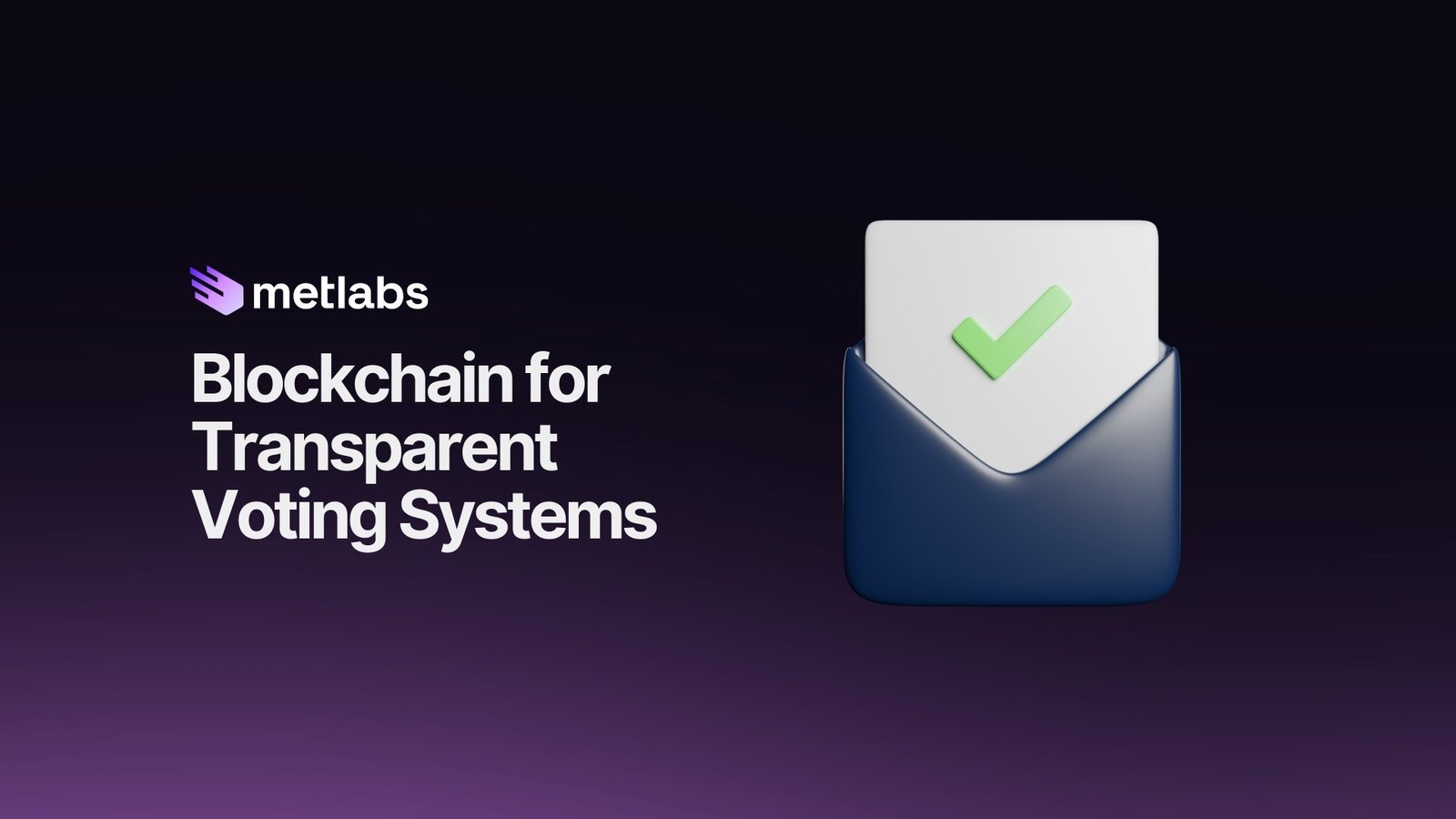
Immutable Record-Keeping: Every vote is permanently recorded on the blockchain, making it impossible to alter or delete ballots after submission. This ensures election results remain tamper-proof and auditable by any observer.
-
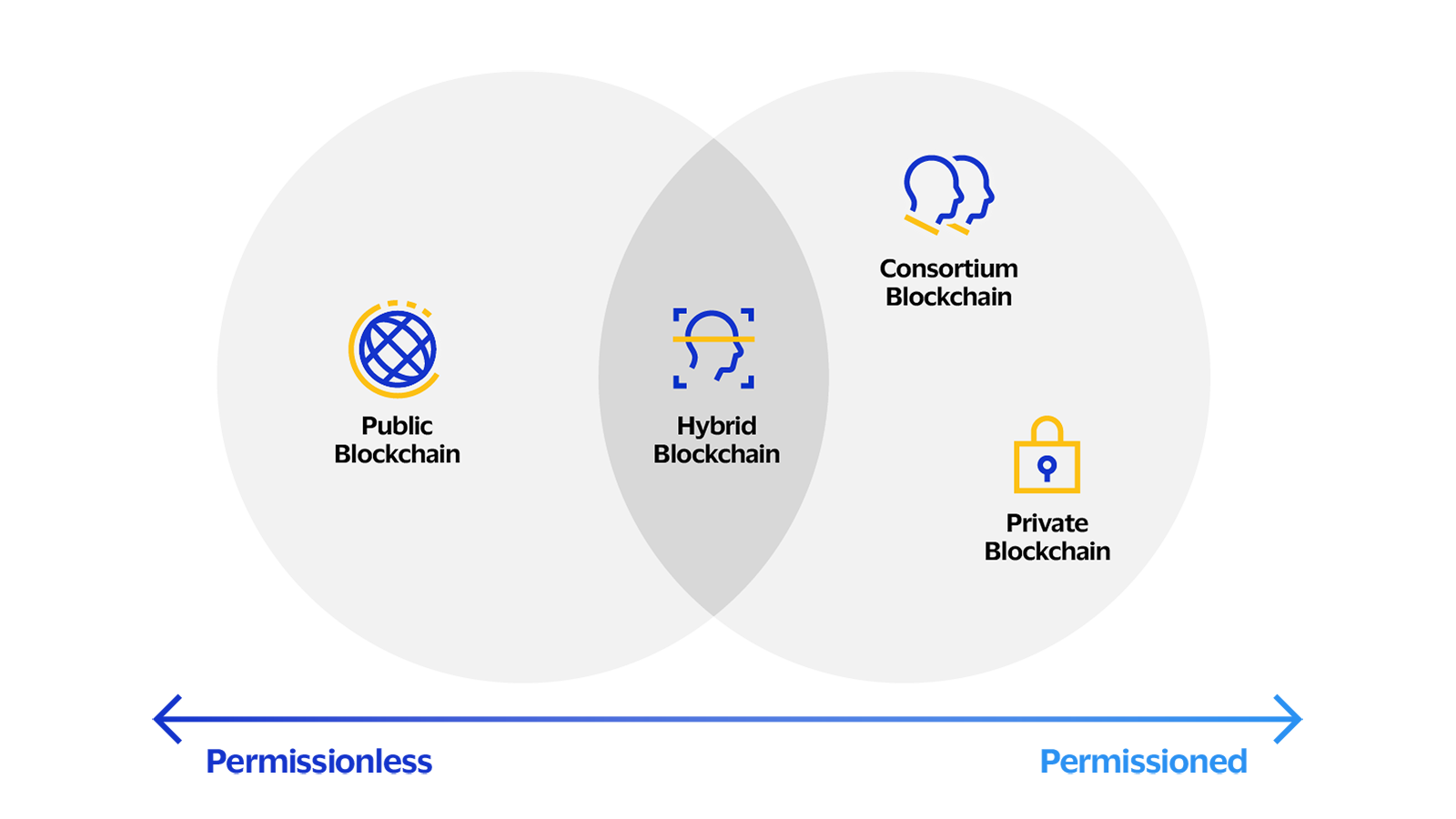
Public Verifiability: The blockchain system acts as a neutral digital observer, allowing citizens and independent auditors to verify that votes are accurately counted—without revealing voter identities.
-
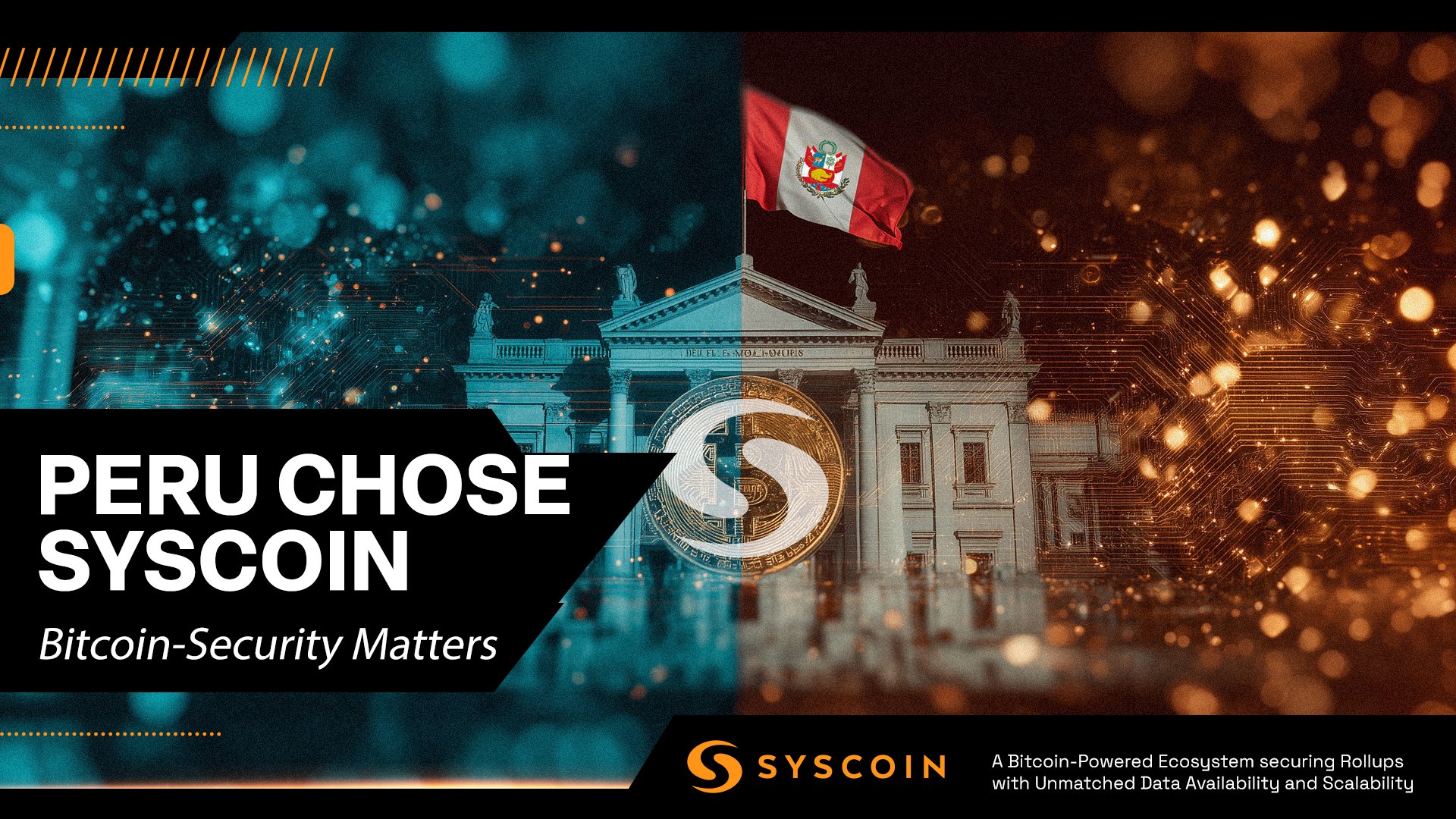
Enhanced Security with Decentralization: By leveraging platforms like Syscoin, Peru’s voting infrastructure benefits from Bitcoin-grade security and a decentralized network, reducing the risk of centralized tampering or cyberattacks.
-
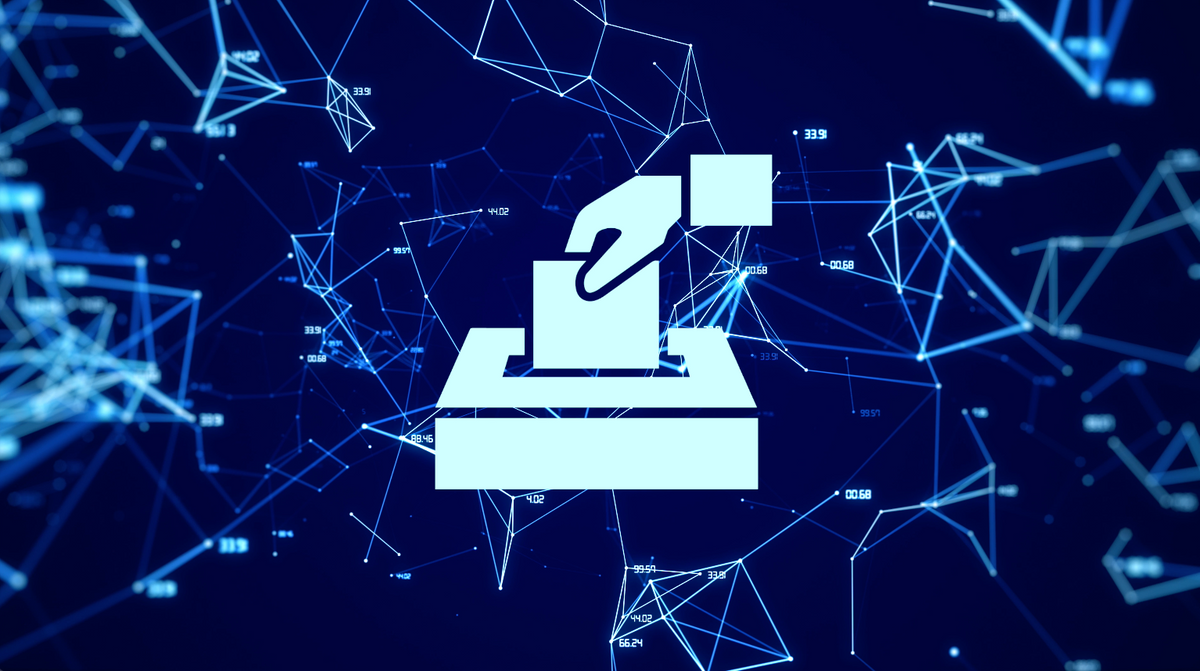
Increased Trust and Transparency: The transparent nature of blockchain technology helps bolster public confidence in election outcomes, addressing previous concerns about electronic voting vulnerabilities and opacity.
-

Inclusive and Accessible Voting: The pilot enables Peruvians abroad, military personnel, health workers, and people with disabilities to securely participate in elections, ensuring their votes are counted and visible on a transparent ledger.
Setting a New Benchmark for Digital Democracy
Peru’s approach stands out in Latin America and globally. While Sierra Leone was the first to use blockchain for vote verification in 2018, Peru is going further by making blockchain a core part of the voting process itself. The ONPE’s focus on gradual rollout and voluntary participation is a blueprint for other countries considering similar reforms.
This pilot comes at a time when public trust in elections is under pressure worldwide. By embedding transparency and security at the protocol level, Peru aims to set a new global standard for election transparency blockchain initiatives.
The world will be watching closely as Peru hosts the Blockchain Conference 2025, where experts and observers will dissect the technical details and early results of this historic experiment. For now, this pilot is a case study in how digital innovation can rebuild public trust and reshape the future of voting.
Technical implementation aside, the human side of this transformation matters just as much. The ONPE’s decision to make the pilot voluntary and to focus on groups with logistical voting challenges, like Peruvians abroad and frontline workers, shows a deep understanding of the real barriers to democratic participation. By starting with populations that stand to benefit most from secure remote voting, Peru is tackling both voter access and election integrity in one move.
Of course, no system is flawless. Blockchain’s transparency is only as good as its underlying code, and the risk of software vulnerabilities remains. However, the open-source nature of most blockchain protocols means that independent auditors and civil society groups can review and stress-test the system before, during, and after the election. This is a marked improvement over opaque proprietary voting machines used in many countries.
How Blockchain Voting Could Redefine Election Markets
For prediction market participants and crypto enthusiasts, Peru’s blockchain voting pilot is more than a technological milestone, it’s a paradigm shift in how election outcomes can be tracked, verified, and even traded on decentralized platforms. Real-time, tamper-proof vote tallies could enable live market settlements and reduce uncertainty for those trading on election results. The transparency provided by blockchain-based voting in Peru could become a gold standard for election-related prediction markets worldwide.
Looking forward, if Peru’s pilot proves successful, it may inspire similar reforms in other democracies facing trust deficits or logistical voting hurdles. The combination of accessibility, security, and transparency could finally move blockchain voting from hype to reality, not just in Latin America but globally.
Key Challenges in Scaling Blockchain Voting in Peru
-
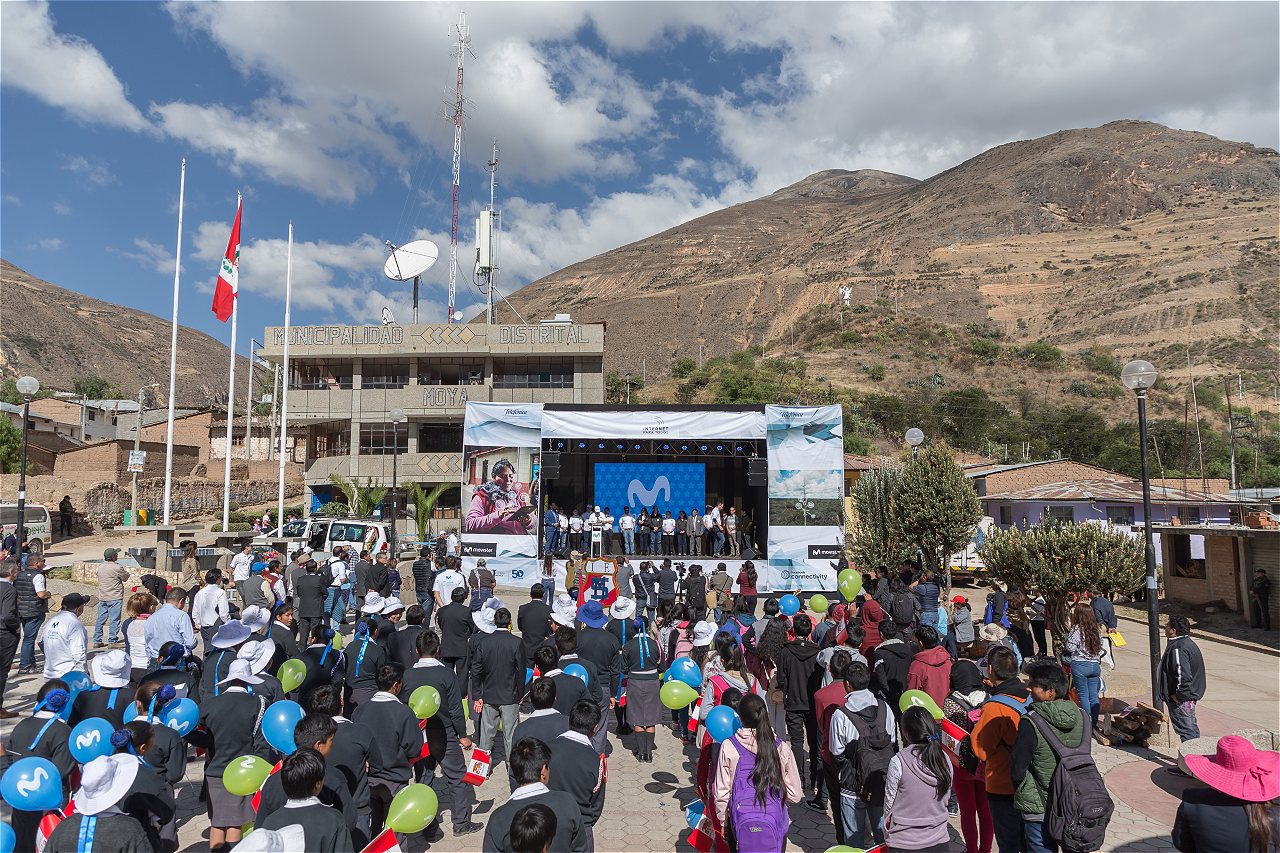
Digital Divide and Accessibility: Many Peruvians, especially in rural and remote areas, lack reliable internet access and digital literacy, making equitable participation in blockchain-based voting a significant hurdle.
-

Ensuring Voter Privacy: While blockchain offers transparency, maintaining strict voter anonymity without compromising auditability is a complex technical challenge for Peru’s electoral authorities.
-
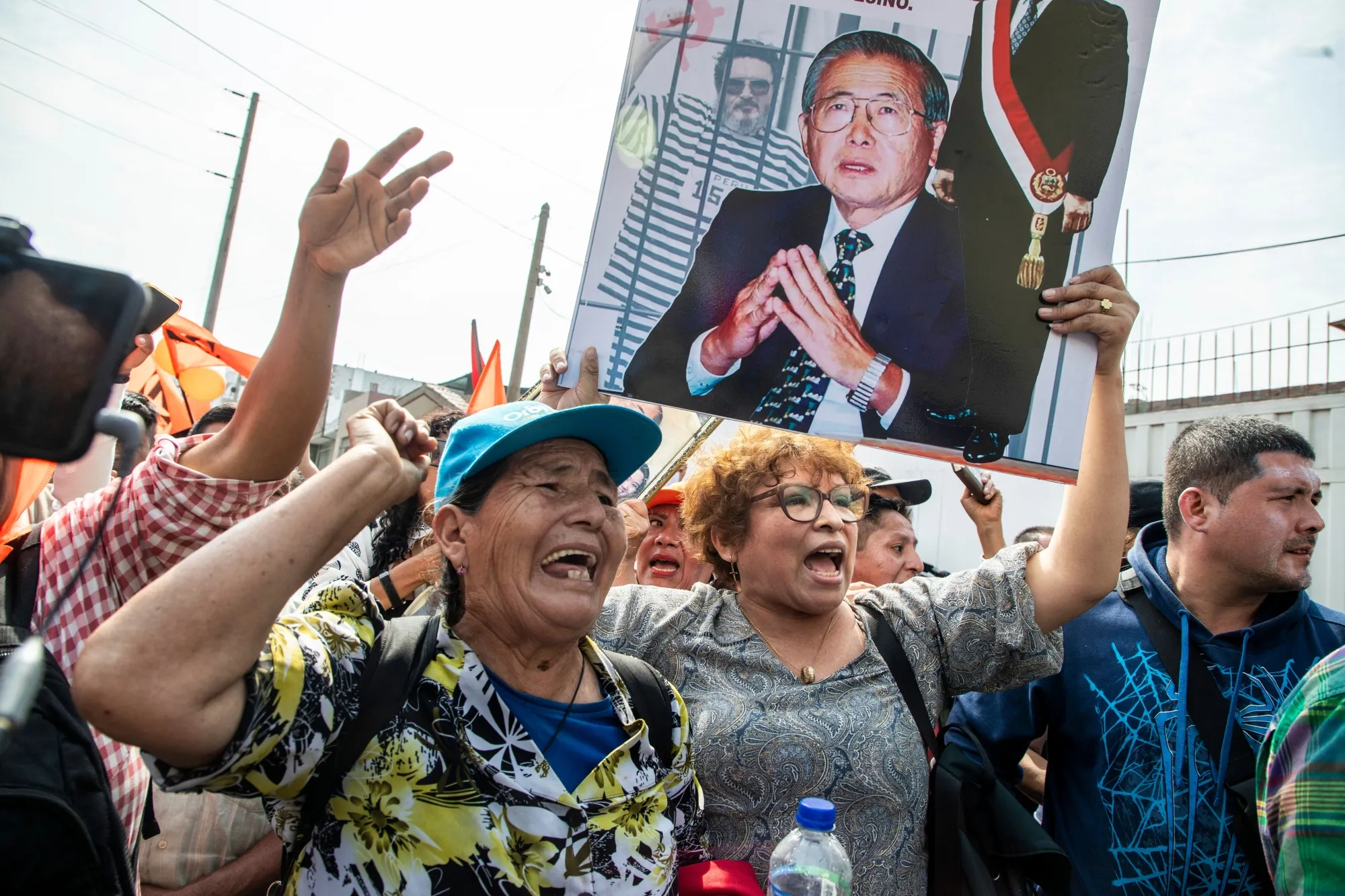
Regulatory and Legal Adaptation: Adapting Peru’s electoral laws and regulations to accommodate blockchain-based digital voting requires extensive legal reforms and robust oversight mechanisms.
-
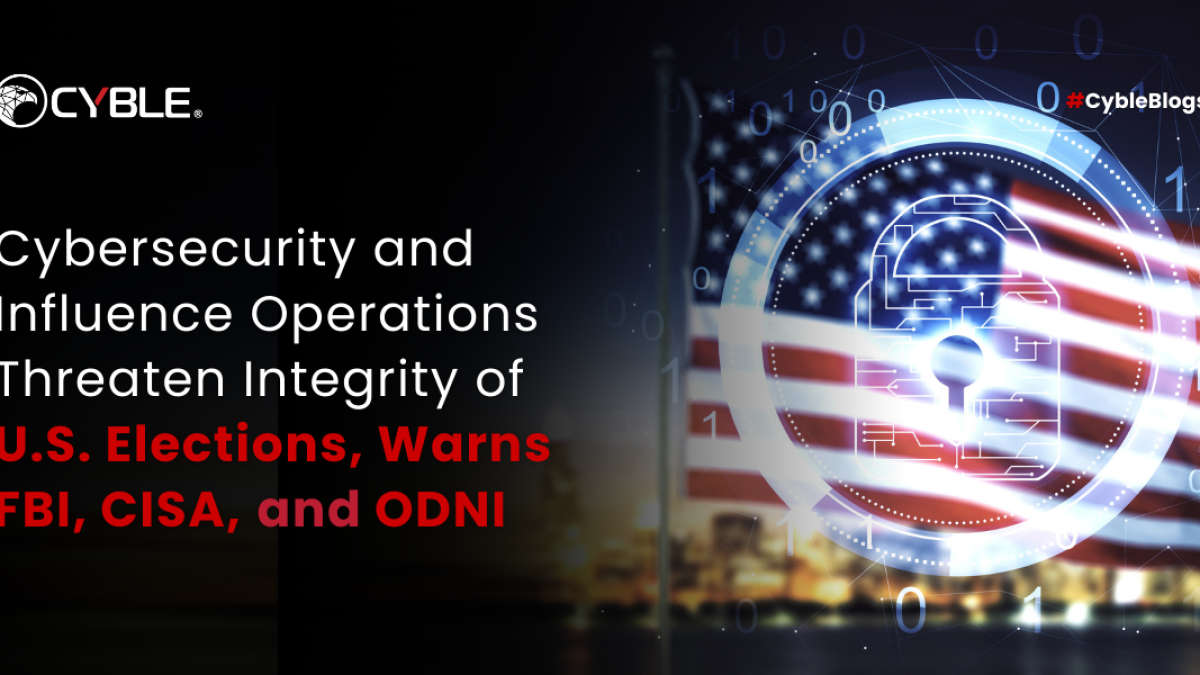
Cybersecurity Threats: Despite blockchain’s security advantages, risks such as phishing, malware, and attacks on user devices or digital identities remain concerns that must be proactively addressed.
-
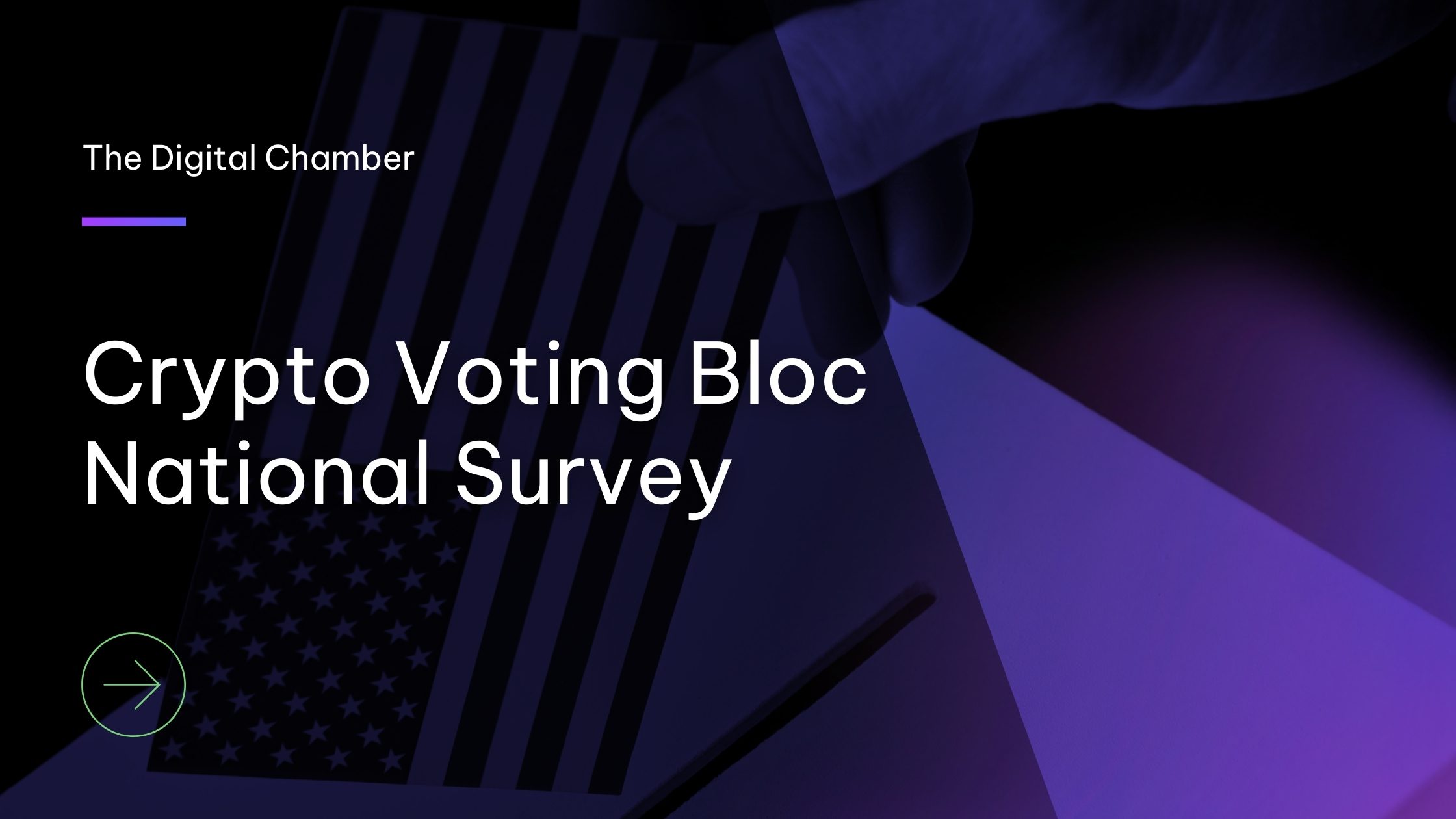
Building Public Trust and Acceptance: Widespread adoption depends on educating citizens, political parties, and observers about blockchain technology to ensure confidence in the new voting process.
-

Scalability and Infrastructure: Supporting millions of simultaneous votes on a blockchain platform, such as Syscoin, demands robust infrastructure and careful system design to prevent bottlenecks or downtime.
As Peru’s 2026 general elections approach, all eyes are on this ambitious experiment. The lessons learned here will shape not only the future of Peruvian democracy but also serve as a reference point for digital democracy advocates worldwide. Whether you’re an investor in prediction markets or a citizen passionate about fair elections, Peru’s blockchain voting pilot is one to watch.
For more details on how Peru’s blockchain voting pilot works and its implications for election transparency, see the official coverage at Archyde and Andina.





